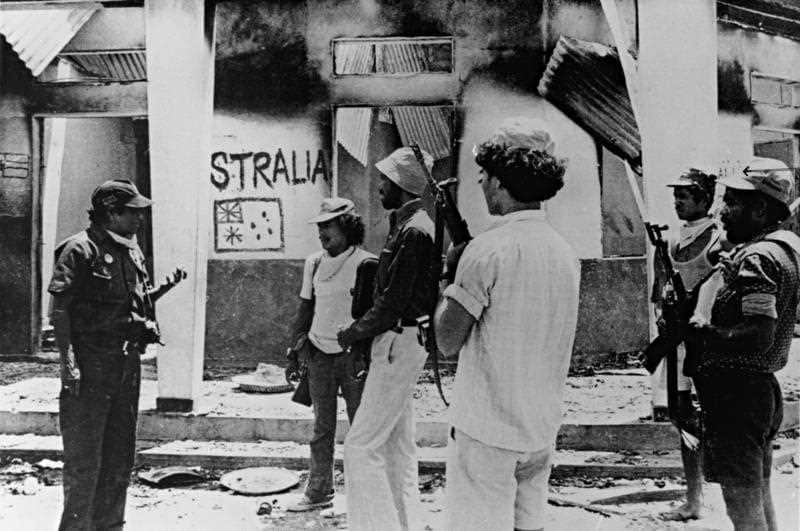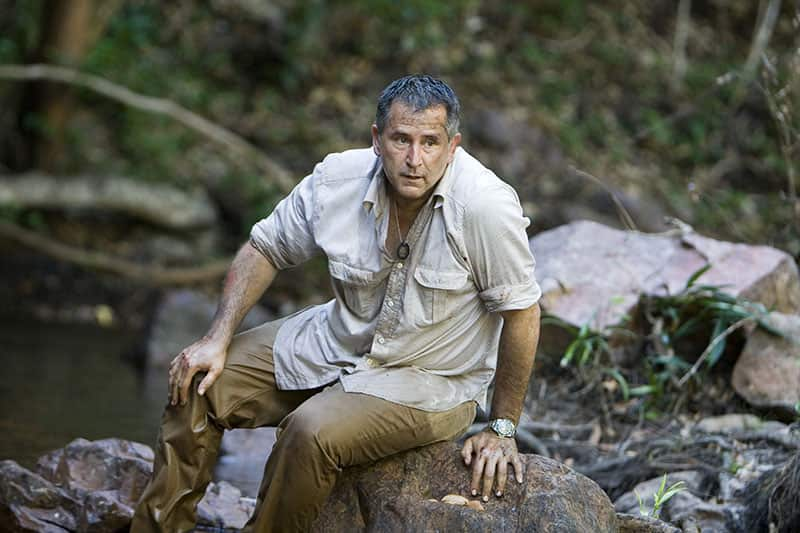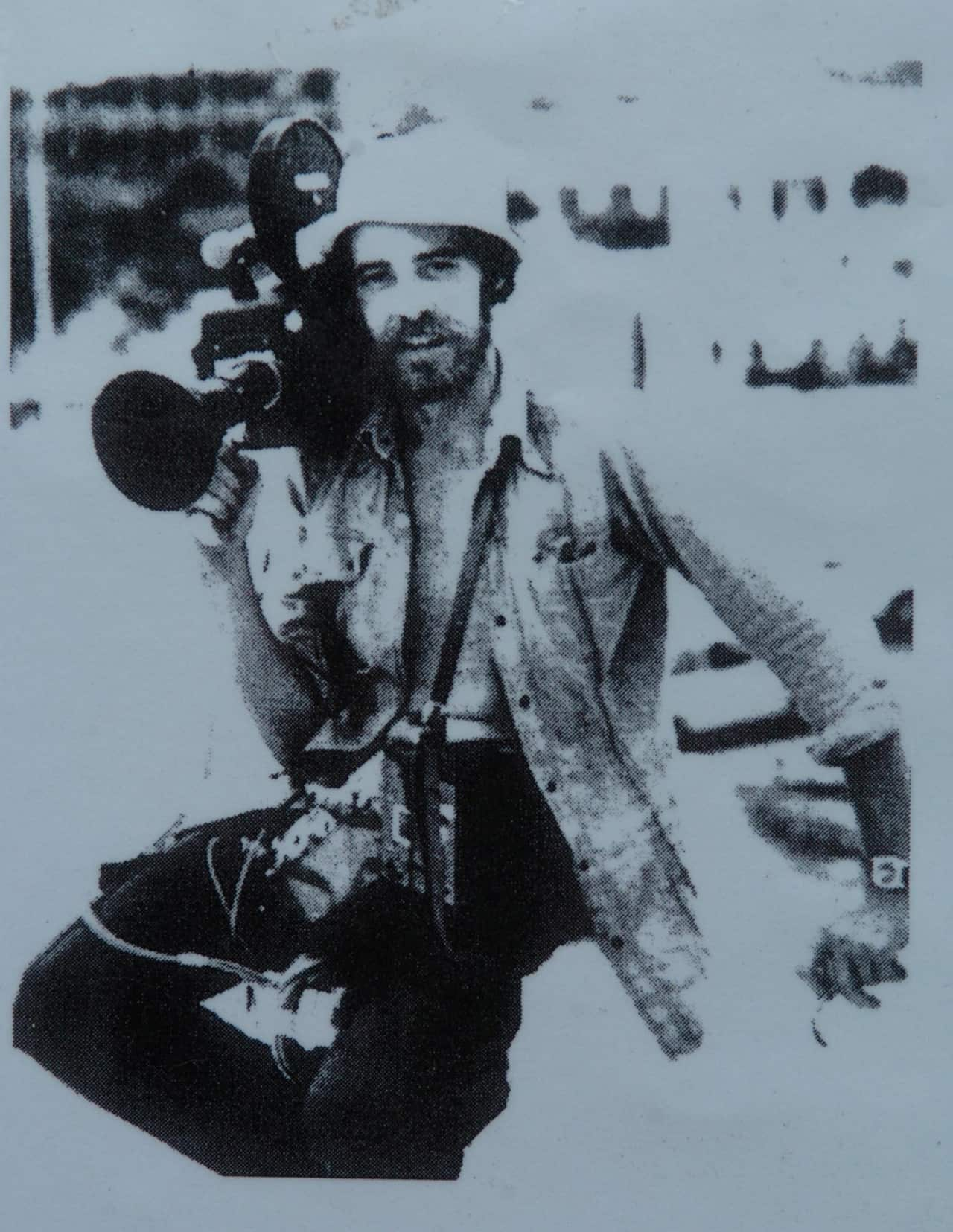Barely a week goes by without Tony Maniaty thinking about Balibo.
Maniaty, an up-and-coming ABC journalist, travelled with a film crew to the East Timorese border town in October 1975, just as the Portuguese colony was about to be overrun by Indonesia.
Shelled and shot upon by Indonesian forces, the ABC team retreated with the pro-independence Fretilin group towards the capital of Dili.
In the opposite direction sped a Channel Seven news crew of Australians Greg Shackleton and Tony Stewart and New Zealander Gary Cunningham, looking for the big story. They were followed some days later by Channel Nine journalists and Britons Malcolm Rennie and Brian Peters.
Crossing paths, Maniaty unsuccessfully warned both crews to turn back.
It was the last he saw of them. Friday, 16 October marks the 40th anniversary of the deaths of the 'Balibo Five', who were shot by Indonesian military forces as they reported on the East Timorese bloodshed.
Friday, 16 October marks the 40th anniversary of the deaths of the 'Balibo Five', who were shot by Indonesian military forces as they reported on the East Timorese bloodshed.

1976 photo of Indonesian troops at the house in which the Balibo Five died. Source: National Archives of Australia
Indonesia maintains the Five were killed in crossfire, despite a 2007 NSW Coroner's Inquest finding the journalists were murdered by Indonesian forces in what constituted a war crime.
Maniaty stayed to report on the deaths from Dili. It was the most harrowing period of his life.
"The longer I stayed, the more likely I too would be killed. We assumed the clock was ticking," the 66-year-old told AAP.
"It was a very dangerous game, to stay as long as you could to report on the suffering and conflict in East Timor but also to stay alive.
"In many ways it remains the defining event of my adult life."
Maniaty returned to Balibo in 2008 as a consultant for the film 'Balibo' about the investigation into the murders by Australian journalist Roger East, working for AAP, and East's ultimate death in Dili at the hands of the Indonesian military on December 8, 1975. The film, starring Australian actor Anthony LaPaglia, will be shown in various locations across Australia and East Timor on Friday with proceeds to go towards building a Balibo dental clinic.
The film, starring Australian actor Anthony LaPaglia, will be shown in various locations across Australia and East Timor on Friday with proceeds to go towards building a Balibo dental clinic.

Actor Anthony LaPaglia played journalist Roger East in the 2009 film 'Balibo'. Source: AAP
Film director Robert Connolly, 47, was the man tasked with re-telling the Balibo history to a modern audience and didn't take his role lightly.
"We tried to be as forensic as possible about their murder for history's sake. You definitely feel that responsibility to get these things right," Connolly said.
"We did know it would become for a lot of people a historical document.
"I think it managed to put a lot of things on the record in a way that was quite commercially available." Connolly said the deaths ultimately helped maintain interest in the East Timorese story on Australian shores.
Connolly said the deaths ultimately helped maintain interest in the East Timorese story on Australian shores.

This photograph of Brian Peters is posted on a wall outside the New South Wales Coroners Court in Sydney. Source: AAP
"The clearest observation I have of the murders was that it kept the story of East Timor alive in Australian consciousness, for those many years when terrible things were happening," he said.
Maniaty agrees.
"This was a very small place. At the time there were only 400,000 people in East Timor," Maniaty said.
"To be blunt about it, the deaths of Australian journalists brought media focus onto that story in a way that perhaps wouldn't have been so intense, and that of course had its outcome in the eventual independence of the East Timorese."









